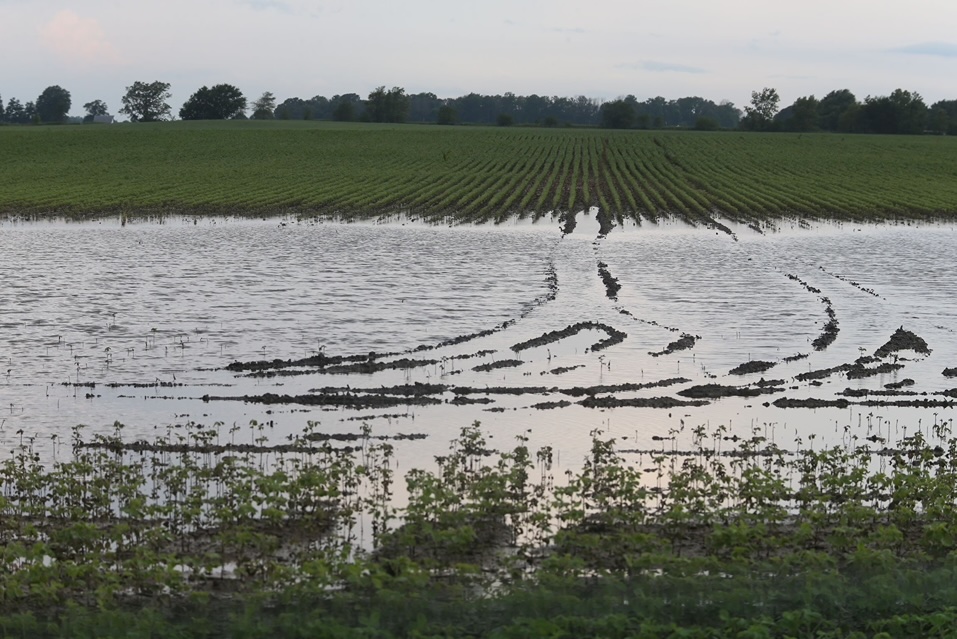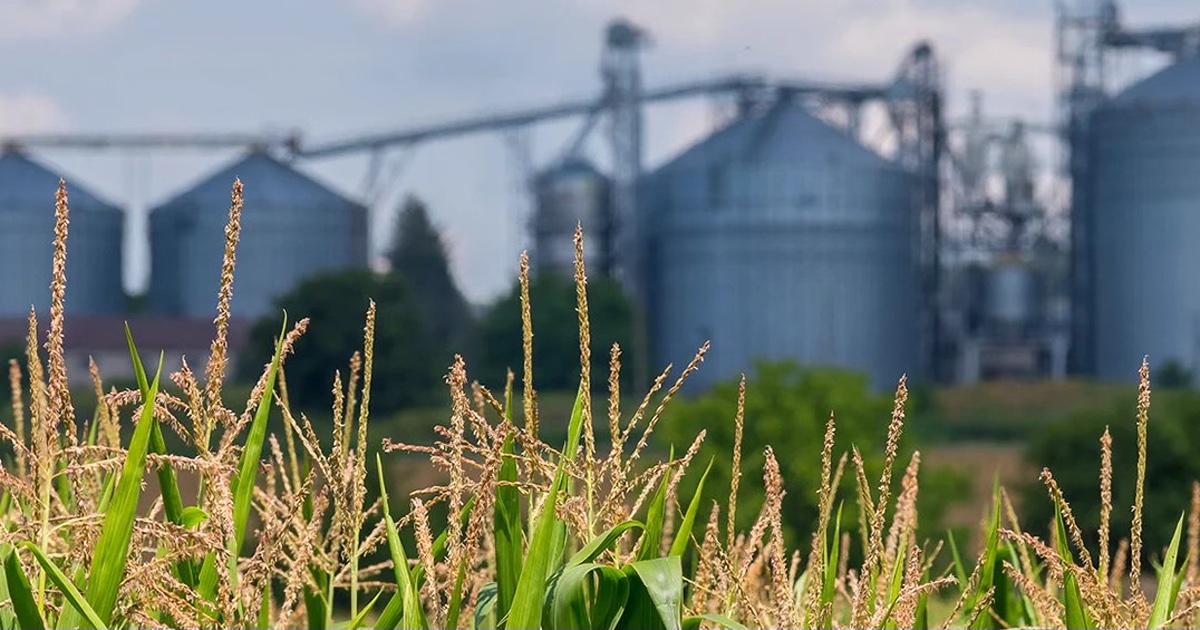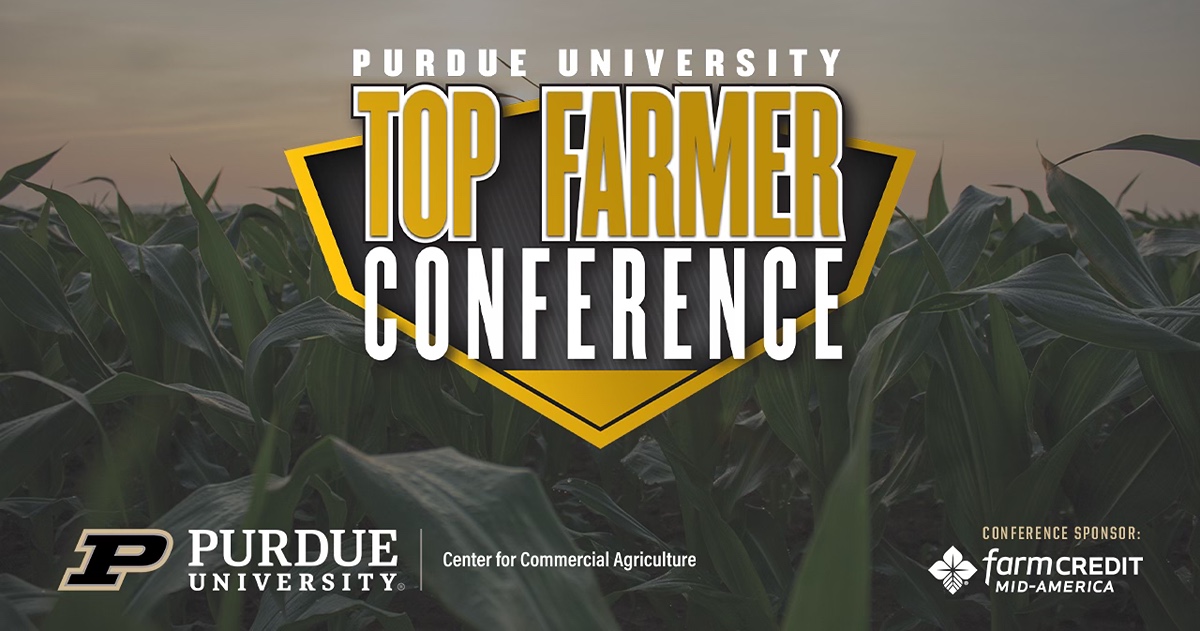New Ag Climate Dashboard makes climate resources more accessible for Midwest farmers
 The Ag Climate Dashboard offers tools to help monitor extreme weather events in addition to crop growth, pest threats and climate anomalies. (Agricultural Communications)
The Ag Climate Dashboard offers tools to help monitor extreme weather events in addition to crop growth, pest threats and climate anomalies. (Agricultural Communications) WEST LAFAYETTE, Ind. — The Midwestern Regional Climate Center (MRCC), with support from the United Soybean Board, has launched the Ag Climate Dashboard — a centralized digital hub offering streamlined access to integrated climate and agricultural data and decision-support tools for producers, advisors and researchers in the Midwest.
Designed to support on-farm decision-making, the Ag Climate Dashboard offers up-to-date weather data, National Weather Service forecasts, Climate Prediction Center outlooks, historical records and interactive tools for monitoring crop growth, pest threats, climate anomalies and extreme weather events.
The dashboard also connects users to regional ag climate products and a variety of state-specific resources. State-specific pages, such as Indiana’s, link to tools and resources like the Purdue Mesonet and the Indiana State Climate Office.
“We want to provide as much clear, well-organized information to producers and advisors as possible so they can make confident management decisions, whether that’s on their own farms or helping clients,” said Austin Pearson, climatologist at the MRCC and Indiana State Climate Office.
By placing these tools in a single, easy-to-navigate platform, the dashboard allows users to make better-informed decisions and support profitability and yield.
The idea for the dashboard stemmed directly from farmers. “In 2023, we hosted workshops with farmers and one of the biggest takeaways was that while many ag climate tools exist, they aren’t found in one location,” Pearson said.
The dashboard hosts tools both developed by Purdue University and trusted external sources. For example, MRCC’s Corn Growing Degree Day tool helps track crop progress and predict maturity, while the Pest Forecasting Map from the Iowa Environmental Mesonet alerts farmers to threats like alfalfa weevil. Within the dashboard, users also have access to the Climate Prediction Center outlooks for temperature and precipitation, interactive maps, crop and disease forecasting, fieldwork planning tools, and localized climate summaries — all designed to support timely, informed decision-making throughout the year.
“The forecasting tools help farmers understand what pests — whether weeds, insects or diseases — could be an issue and when management is crucial,” Pearson said. “I encourage users to get into the dashboard and explore, as new tools are frequently added.”
Users can also consult climatologies through the platform to gain insights into historical weather patterns that may influence marketing and management strategies.
Beth Hall, director of the MRCC and Indiana State Climate Office, emphasized the broader vision of the project. “We’re discovering that individual states provide tools that are limited geographically. While searching for information, we found that there are missing tools — those that cover the full soybean production region. This inspires us to keep growing the dashboard to create a dynamic system that’s helpful for both a small geographic area and the whole region.”
Future enhancements will be guided by feedback from farmers and advisors. One requested addition is an irrigation planning tool, as several farmers are seeking region-specific guidance on how much water to apply to minimize waste. While isolated tools like this exist, they often lack the geographic specificity needed for practical field use.
Looking ahead, the MRCC plans to incorporate more interactive, user-friendly features, such as location-based maps that respond to ZIP code input, providing a customized experience for each user.
“This is just round one of the dashboard,” Hall said. “We really wanted to provide people a taste and hopefully get them excited about the future. I envision more and more of our tools offering a greater user experience.”
Additional information about the Ag Climate Dashboard can found on the Midwestern Regional Climate Center’s website.
About Purdue Agriculture
Purdue University’s College of Agriculture is one of the world’s leading colleges of agricultural, food, life and natural resource sciences. The college is committed to preparing students to make a difference in whatever careers they pursue; stretching the frontiers of science to discover solutions to some of our most pressing global, regional and local challenges; and, through Purdue Extension and other engagement programs, educating the people of Indiana, the nation and the world to improve their lives and livelihoods. To learn more about Purdue Agriculture, visit this site.
About Purdue University
Purdue University is a public research university leading with excellence at scale. Ranked among top 10 public universities in the United States, Purdue discovers, disseminates and deploys knowledge with a quality and at a scale second to none. More than 106,000 students study at Purdue across multiple campuses, locations and modalities, including more than 57,000 at our main campus locations in West Lafayette and Indianapolis. Committed to affordability and accessibility, Purdue’s main campus has frozen tuition 14 years in a row. See how Purdue never stops in the persistent pursuit of the next giant leap — including its integrated, comprehensive Indianapolis urban expansion; the Mitch Daniels School of Business; Purdue Computes; and the One Health initiative — at https://www.purdue.edu/president/strategic-initiatives.
Media contact: Devyn Ashlea Raver, draver@purdue.edu
Sources: Austin Pearson, pearsona@purdue.edu
Agricultural Communications: Maureen Manier, mmanier@purdue.edu, 765-494-8415




